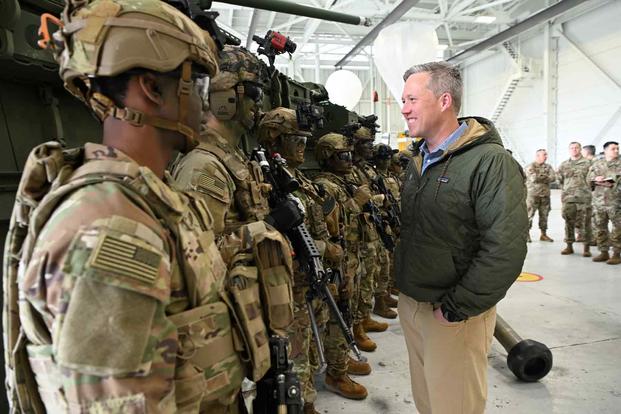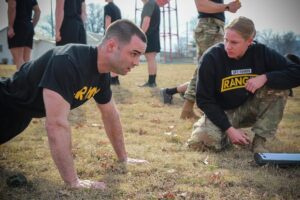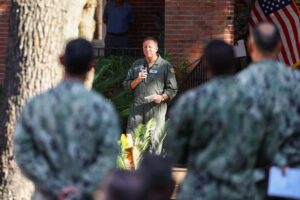The U.S. Army is navigating a new frontier in soldier accommodations as it contemplates a substantial expansion of privatized barracks, a concept revisited with increasing frequency since its initial consideration in the 1990s. This renewed focus reflects a push to address ongoing infrastructure challenges that leave many soldiers in less than ideal living conditions.
In a groundbreaking move, construction is set to commence this summer at Fort Irwin, California, on a privately managed facility intended to house around 500 junior enlisted personnel. This initiative, which has been in the works for over a year, highlights the Army’s intent to tackle its infrastructure woes.
David Dentino, the Army’s Deputy Assistant Secretary for Installations, Housing, and Partnerships, noted, “We’re looking at expansion writ large.” He added, “Everything is on the table with the new secretary,” referring to Army Secretary Dan Driscoll, who brings a wealth of experience from the private equity sector.
The Army’s previous tepid approach towards privatized barracks is giving way to a more ambitious strategy, despite past controversies involving housing companies. Issues like mold, pest infestations, and faulty infrastructure have previously cast a shadow over privatized military housing, attracting criticism from both lawmakers and military families.
The Fort Irwin project is being developed by the Michaels Organization. Notably, Military.com reported in 2023 that the organization required military families at Fort Belvoir, Virginia, to sign nondisclosure agreements as part of settlements concerning hazardous living conditions.
Furthermore, John O’Donnell, CEO of the Michaels Organization, faced legal challenges when he was indicted on federal racketeering charges in 2024, although these charges were later dropped.
The Army’s barracks system is severely underfunded, with a yearly budget of approximately $2 billion for upkeep and new constructions, yet it battles a mounting $7.5 billion backlog of necessary repairs. This deficit, compounded by inflation and deferred maintenance, underscores the urgency for modernization.
In a bid for innovation, the Army is also venturing into alternative construction methods. Earlier this year, the Department of Defense introduced its first 3D-printed barracks at Fort Bliss, Texas. These structures, covering about 5,700 square feet, were erected using the ICON’s Vulcan 3D printer, a colossal machine designed to expedite construction.
While these training barracks differ in complexity from long-term living quarters, the Army sees potential in 3D printing to bypass bureaucratic delays, as evidenced by the swift development of the Bliss facilities in under two years.










